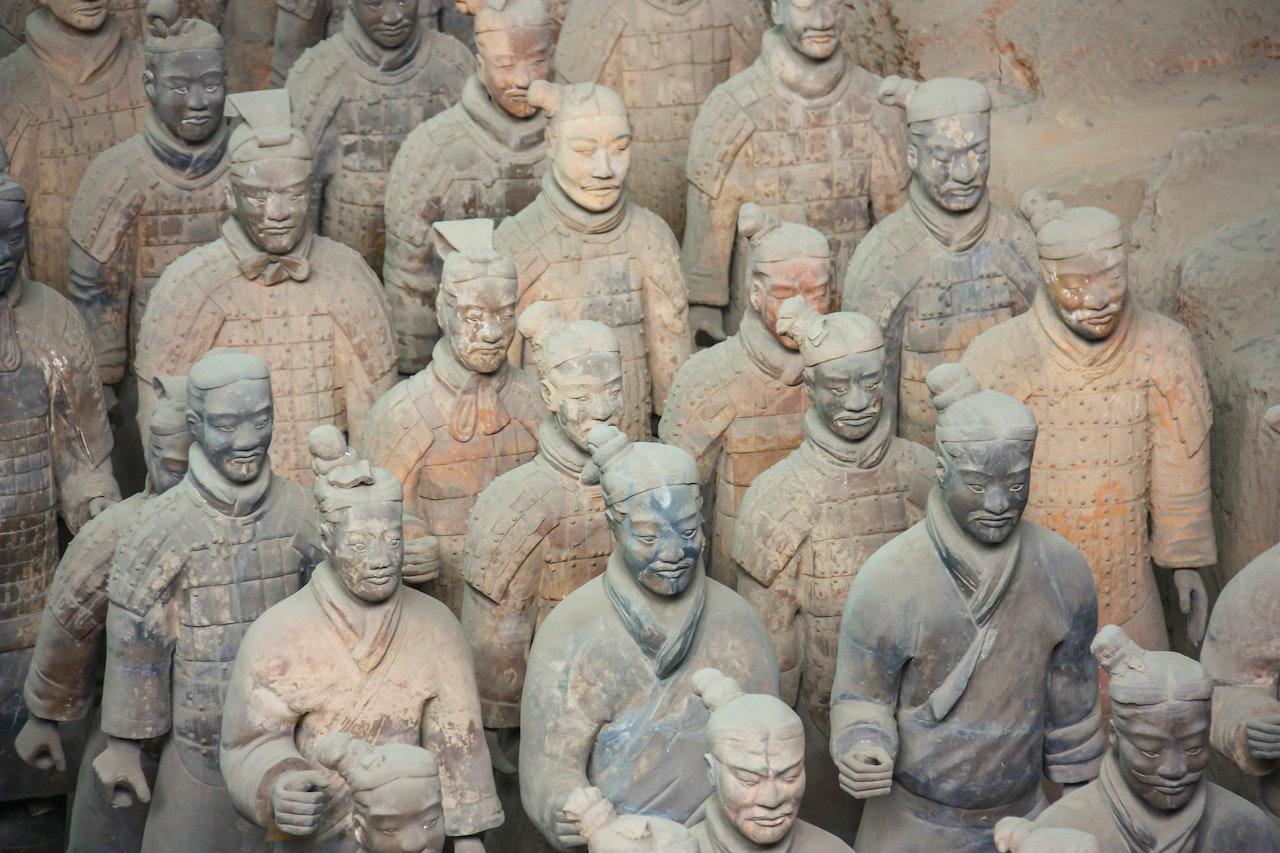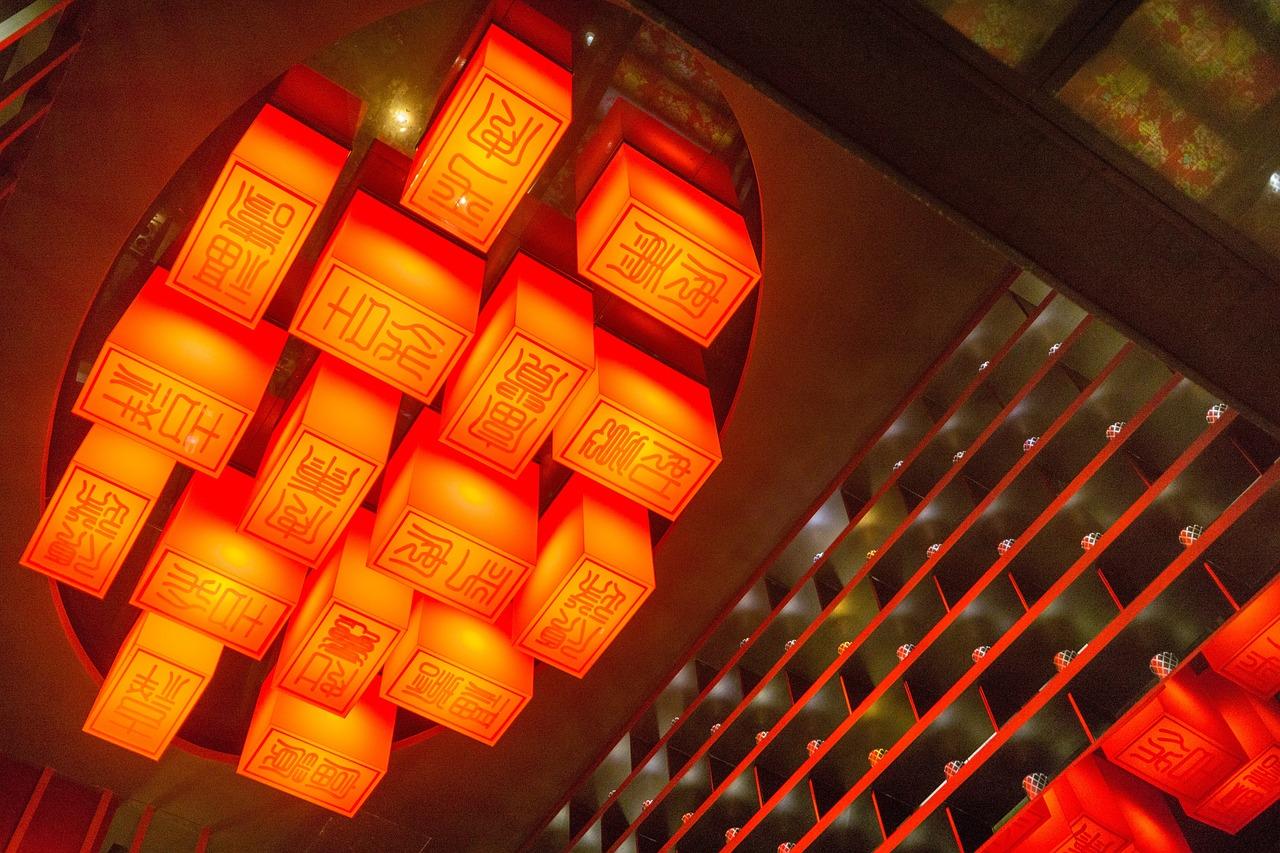Mandarin Chinese is considered one of the most difficult languages in the world for native English speakers to learn, along with Arabic, Polish, and Russian. Many people consider it the most difficult language to learn!
There are many reasons for this difficulty: the writing system is incredibly different from English, as is the grammar and pronunciation; there is heavy cultural context behind the Chinese characters; and you must memorize the characters in order to know the meaning.
For all these reasons, taking a course in Mandarin Chinese or learning on your own is not an easy matter.
But knowing Mandarin comes with a ton of perks, like speaking the same language as 1.118 billion other people on the planet (including native and learned speakers).
Use that number - 1.118 billion - to remind yourself why you are learning Chinese! While it’s a difficult language to master, the benefits of knowing the language are worth the struggle.
What steps can you take to make your learning even a tiny bit easier? Here’s how.

Hacks for Learning Chinese Tones
You probably already know that Mandarin is a tonal language, which means that the way you say a word changes the meaning of the sound you’re making.
For example, “ma” can mean “mother,” “horse,” “hemp, “scold,” or “question,” all depending on the tone you use.
In English, we use different inflexions and tones to convey emphasis, but it doesn’t change the meaning of the word dramatically. Learning how to use tones in a different way, memorizing the tones, mastering the art of speaking them, and recognizing them when listening are all huge challenges to English speakers.
Tone 1 - High Tone
The first tone is a high, flat, leisurely monotone. Think of when you say “Cheese!” for a photo. It’s all one high tone.
So when you say mā in tone 1, it means “mother.”
Tone 2 - Rising Tone
This tone slides up as you say your vowel sound. It resembles when you ask a single-syllable question in English, for example, “Tea?” “Now?” “Yeah?” “What?” Notice how the pitch of the vowel slides up (without dipping down first). =
When you say mà with tone 2, it means “hemp.”

Tone 3 - Low or Dipping Tone
Tone 3 is the one the vast majority of students struggle with the most.
There are two different ways that this tone is generally taught to students: as a strictly low tone, or as a dipping tone.
Many students find that if they practice this tone as a dip it impedes their ability to pronounce words correctly. When the tone is in isolation, like the solitary example word “mǎ” you can pronounce it with a dipping tone easy peasy.
However when the tone appears mixed in with other tones in multi-syllable words, trying to fit a 2-part tone where it doesn’t naturally occur garbles your speech, and native Chinese speakers may not understand you.
For this reason, you might find it best to learn tone 3 as a low tone, since most of the time it will act as such.
For single syllables, like mǎ (which means “horse”), you can pronounce the tone as dipping. In this instance, think of saying “Yeah?” in the snarkiest, sassiest way possible.
For example:
Person: “Did you put your shoes on?”
You: *obviously wearing shoes* “Yeah?”
But, most of the time, this tone will be pronounced as low, as Mandarin Blueprint on YouTube says, like a zombie saying “brains.”
Tone 4 - Falling Tone
Short and sweet, this tone goes from high to low very quickly. It’s like chopping any trailing sound you might make right off. It’s not “maaaa.” It’s “mà.” (Mà means “to scold,” by the way.)
Think of how short and quick you might say “no” in certain instances. That’s how fast you say the vowel.
Neutral Tone
A neutral tone (or light tone) is basically an unemphasised syllable. For example, in English, the words “paper,” “German,” “pencil,” etc, all have an emphasis on the first syllable and a neutral tone on the second. It’s the same idea for Chinese!
The neutral tone can sound different depending on where it occurs in a word and what tone occurs before it, so it’s difficult to write down all the rules about how to pronounce it. The most important thing to remember is to keep it short and light.
If you say ma with a neutral tone, it is like a question mark in English and denotes a question.

Get a Handle of Pinyin
The hieroglyphic-like characters in Chinese are called Hànzì.
Chinese characters don't note the pronunciation, so we use a phonetic transcription named Pinyin to help us learn tones and words.
So remember:
- This is Hànzì: 老師
- This is Pinyin: Lǎoshī
- Both words are “teacher.”
This phonetic transcription was unified in 1979 by China and ISO (International Organization for Standardization) to facilitate the learning of Chinese Mandarin.
It’s made up of the Latin characters we are familiar with in English with added accents to indicate tones. This helps the English-speaking brain understand how to pronounce Chinese characters. However, it’s important to note that the Latin alphabet can only approximate many of the sounds in Mandarin, so you need to understand how to read and speak Pinyin.
It’s the same idea as Irish, where “Saoirse” looks like it’s pronounced “Say-ours,” or some variant, and in reality, it’s “Sir-shè.” Similarly, in Māori, “Whakatane” looks like it should be pronounced “wha-ka-tain,” but when you know the rules for the pronunciation of the writing, you know it’s actually “Fuh-kuh-ta-nay!”
It’s even a similar process for learning other Latin languages like Italian, French, and Spanish!
An English “a” and a French “a” are pronounced very differently. Once you learn the rule, you understand more about pronouncing other French words.
Learn these Pinyin rules with lots of practice so you can easily approach new Chinese words written in Pinyin. Use these practice methods:
- Flashcards
- Listening to examples on YouTube
- Speaking with other Mandarin speakers
- Mandarin tongue-twisters
- Watching tonal challenge videos (listen and discern the tone)
Learn Chinese Grammar Basics
Since Mandarin was born and developed in an area of the world completely different from Latin, uses characters rather than an alphabet, and uses tools like tones, it makes perfect sense that the grammar of the language would be quite different, too!
Conjugation
One of the big specific characteristics of Chinese is the absence of conjugation.
Breathe a sigh of relief! When you learn one verb, you learn how to say it in any instance.
For example, in English, we say:
- I run
- You run
- He/she/It runs
- We run
- They run
And so forth for other verbs. (And in other Latin languages, it’s even more complicated.)
The Mandarin word for “to run” is pǎo 跑. You would use this same word in each instance, no matter who it refers to or what time period it’s taking place in, which brings us to the next grammatical rule.
Tenses
Mandarin also does not use tenses to modify verbs.
In English, we say:
- I run
- I am running
- I ran
And there are other tenses to consider as well, but you get the idea.
In Mandarin Chinese, you convey the time when something happened by using “time adverbs” or “aspect particles.”
Familiarise yourself with these add-ons for conveying time in Mandarin and you’ll understand how to say a verb in any conjugation and tense!
Other Language and Grammar Tidbits
The other basic things you should know about Mandarin grammar are simple and straightforward.
- There are no genders for nouns (as in Spanish, Italian, French, etc)
- Spoken Mandarin does not have gendered pronouns (they are all “tā” in Pinyin, but have different characters)
- To make something plural, simply add “-men” as a suffix (们)
- There are no capital or lowercase letters/characters
- Simplified Chinese is used in mainland China, Malaysia, and Singapore. Traditional Chinese is used in Hong Kong, Macau, and Taiwan.
- Mandarin is the most widely-spoken Chinese language, with Cantonese being the second most-spoken

Learning the Chinese Characters in Hànzì
This Chinese calligraphy Hànzì is what makes up the non-phonetic characters of the Chinese language.
It is by far the most difficult part of Chinese for English speakers to learn because unless you already know how to pronounce a character, you will not have any idea how to say the word! And unless you already know what the character means, you will not know how to decipher the meaning of the word either, since there is little to no context to give you any clues.
Knowing the Brush Strokes
There are 8 types of strokes that are used to make characters. Not every character has every stroke; some are more simple, and some are more complex. They are:
- 丶, called 点 (diǎn) which means “dot”
- 一, called 橫 (héng), which means “horizontal stroke”
- 丨, called 竖 (shù), which means “vertical stroke”
- 丿, called 撇 (piě), which means “slant,” drawn right to left
- ⁄ , called 提 (tí), which means “raise,” drawn from left to right (the reverse of 撇 (piě) 丿)
- ㇏, called 捺 (nà), which means “forcefully pressing,” drawn from left to right
- ㇄, called 弯 (wān), which means “curve,” drawn from left to right
- 亅, called 钩 (gōu), which means “hook” and is usually added to another stroke
There is a specific order to write them in if you are the one putting the pen to paper. So, ensure you learn what the correct order for the brushstrokes is when you are writing Hànzì!
Radicals
Radicals, semantic components, and phonetic components are all aspects of a Hànzì character.
It’s too much to go into for this article but familiarize yourself with these concepts to better understand how to identify a character, look it up in the dictionary, and pronounce it.
Essentially, a radical is the top or lefthand part of a word that uses more than one character to denote its meaning. There are 214 radicals that makeup thousands of other words. Learning these radicals first means learning new words will be much easier!
Mandarin is a tricky language and writing system to wrap your head around, especially if you don’t have any prior experience with similar languages.
But don’t let that discourage you! People who are native Mandarin speakers have just as difficult of a time learning English, and yet there are millions of native Mandarin speakers who are fluent in English as well! It is possible!
So, how long does it take to learn Mandarin? Since it is such a complex language, you can expect to spend at least 50 weeks (about a year) to get to a comfortable conversational level. If you want to be fluent, it can take at least 4 years.
Mandarin will help you especially if you want to travel the world, work with international companies, enjoy Chinese culture and media, or simply want to expand the way your brain can think.















